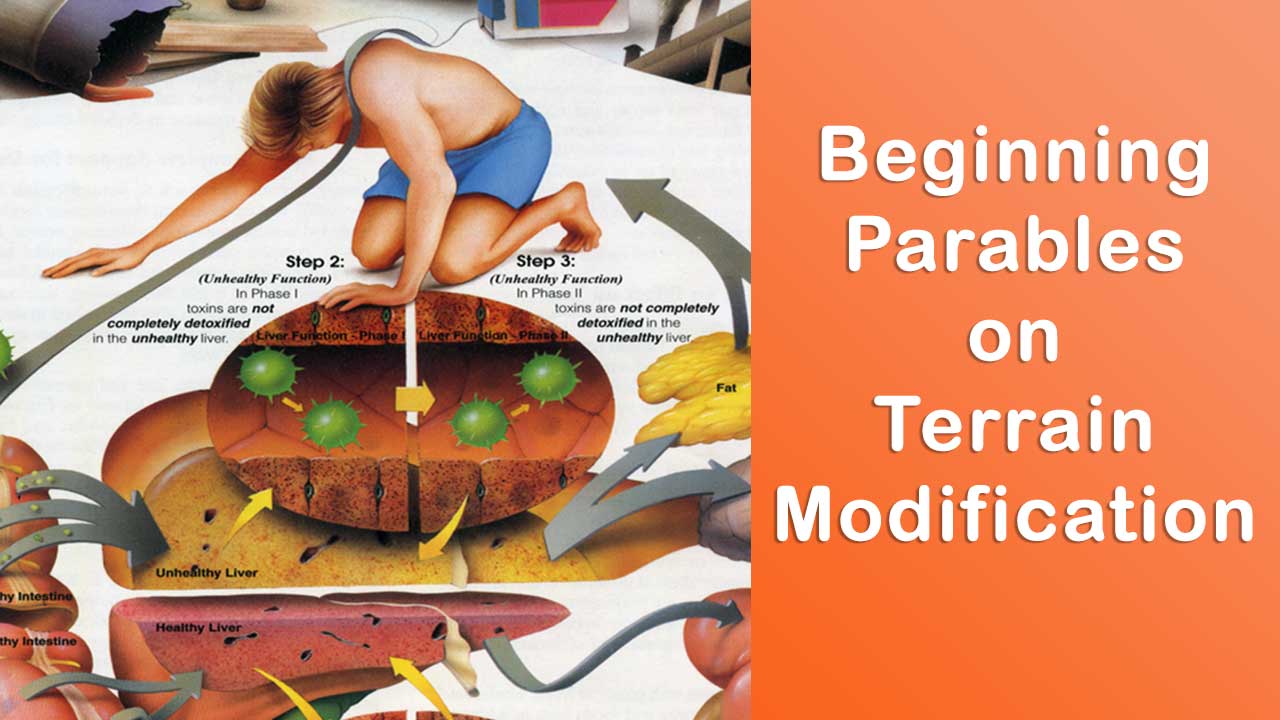

This region, situated between North and South America, encompasses over 7000 islands comprising a range of sizes and geologic formations that fall into three major biogeographic groupings: the Greater Antilles, the Bahamas and the Lesser Antilles ( figure 1).

The insular Caribbean is an exemplary replicate system in which to study the accumulation of non-native species over time and their ecological consequences, as it is a biodiversity hotspot that has undergone multiple distinct waves of human colonization and was the centre of the Columbian Exchange. This approach also recognizes the agency of a diverse set of Indigenous groups in shaping landscapes prior to subsequent colonizations, as restoration baselines in the Western Hemisphere are generally biased to the arrival of Columbus and do not incorporate pre-European baseline shifts. As priority effects-the order in which species arrive in a community-seem to favour the success of non-native species, the incorporation of historical contingency and an understanding of deeper time translocations can guide new research directions that help invasive species management while also provoking new eco-evolutionary questions. The ecological and economic impacts of such translocated species today are intensively studied in management contexts, but whether and how the long-term (millennial-scale) sequence of human-mediated species introductions have hindered or promoted subsequent introductions and the establishment of these species remains poorly resolved. Since this Late Pleistocene beginning, the advent of agricultural domestication and advancement of maritime technology vastly increased the number of translocations and the geographical distance of the translocation in the Holocene, and subsequently colonial trade, industrial shipping and the wide-ranging effects of globalization have generated the Anthropocene biota that define our modern landscapes. This reshaping of species ranges is not unique to present-day human societies: today's introduced species are part of a much longer legacy, with the earliest documented translocation occurring approximately 20 000 years ago. Human-mediated species translocations have fundamentally changed the planet's biogeographic assembly rules by eroding the barriers separating islands, continents and hemispheres. An undeniable signal of global human impact is the formation of novel ecosystems and non-analogue assemblages, which have been created by the intentional and accidental movement of species outside their native ranges in the context of land-use change and selective extinctions. Recognition of the complex social and economic structures across the 7000-year human history of the Caribbean provides the necessary context for interpreting the formation of an Anthropocene biota.Ī wide range of disciplines continue to debate the origin and defining characteristics of the Anthropocene. We contextualized spatial and temporal patterns of species introductions within cultural practices and population histories of Indigenous, colonial and modern human societies, and show that the taxonomic and biogeographic diversity of introduced species reflects diversifying reasons for species introductions through time.
#TERRAIN MODIFICATION FAILED PLANET ZOO SERIAL#
We employ this approximately 7000-year dataset to assess the roles of historical contingency and priority effects in shaping present-day community structure and conservation outcomes, finding that serial human colonization events contributed to habitat modifications and species extinctions that shaped the trajectories of subsequent species introductions by other human groups. Here, we present the first database of terrestrial vertebrate species introductions spanning the entire anthropogenic history of a system: the Caribbean. Yet humans have been reshaping ecosystems and translocating species for millennia, and acknowledging the deeper roots of these phenomena is important for contextualizing present-day biodiversity loss, ecosystem functioning and management needs. The human-mediated movement of species across biogeographic boundaries-whether intentional or accidental-is dramatically reshaping the modern world.


 0 kommentar(er)
0 kommentar(er)
